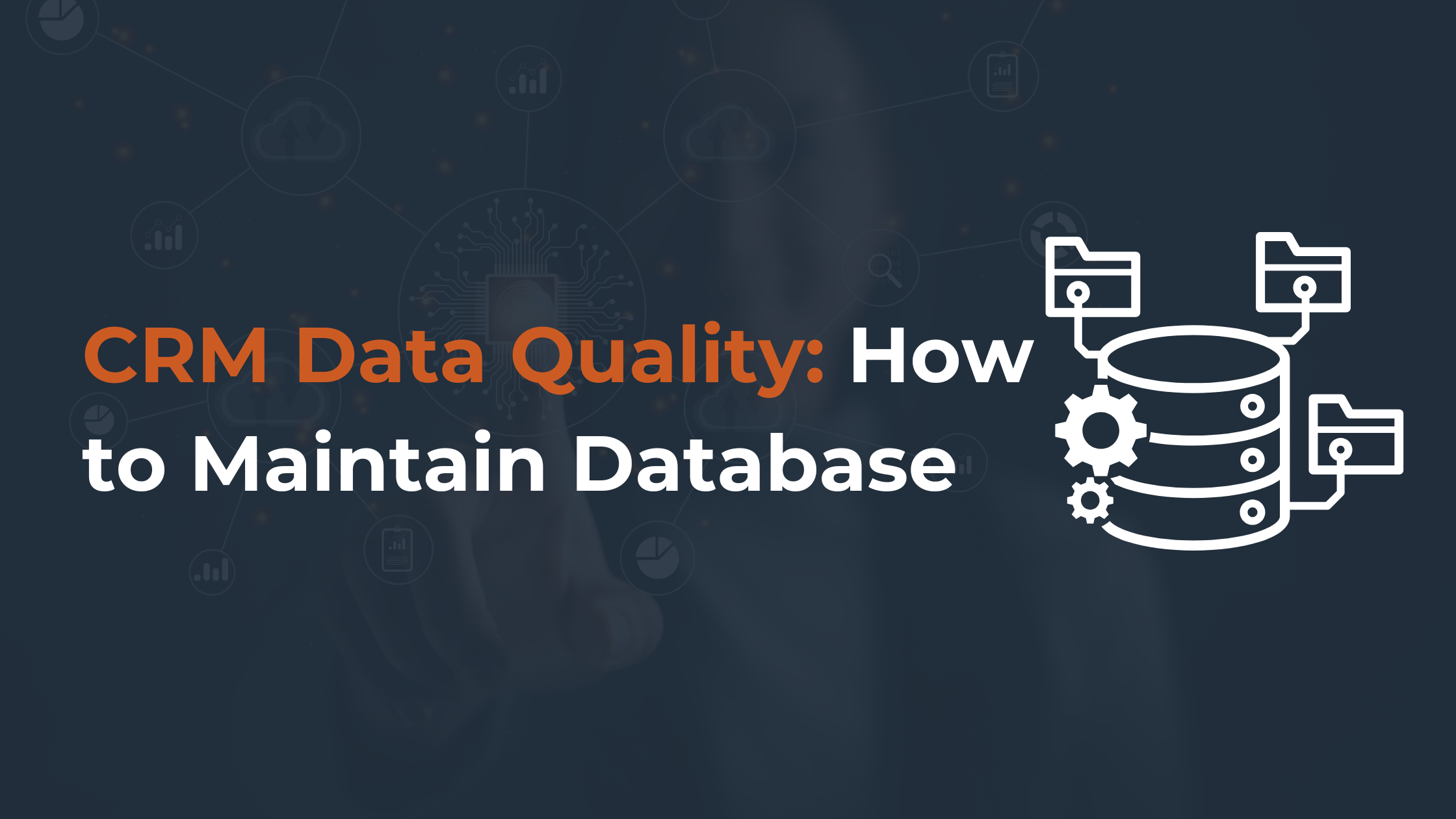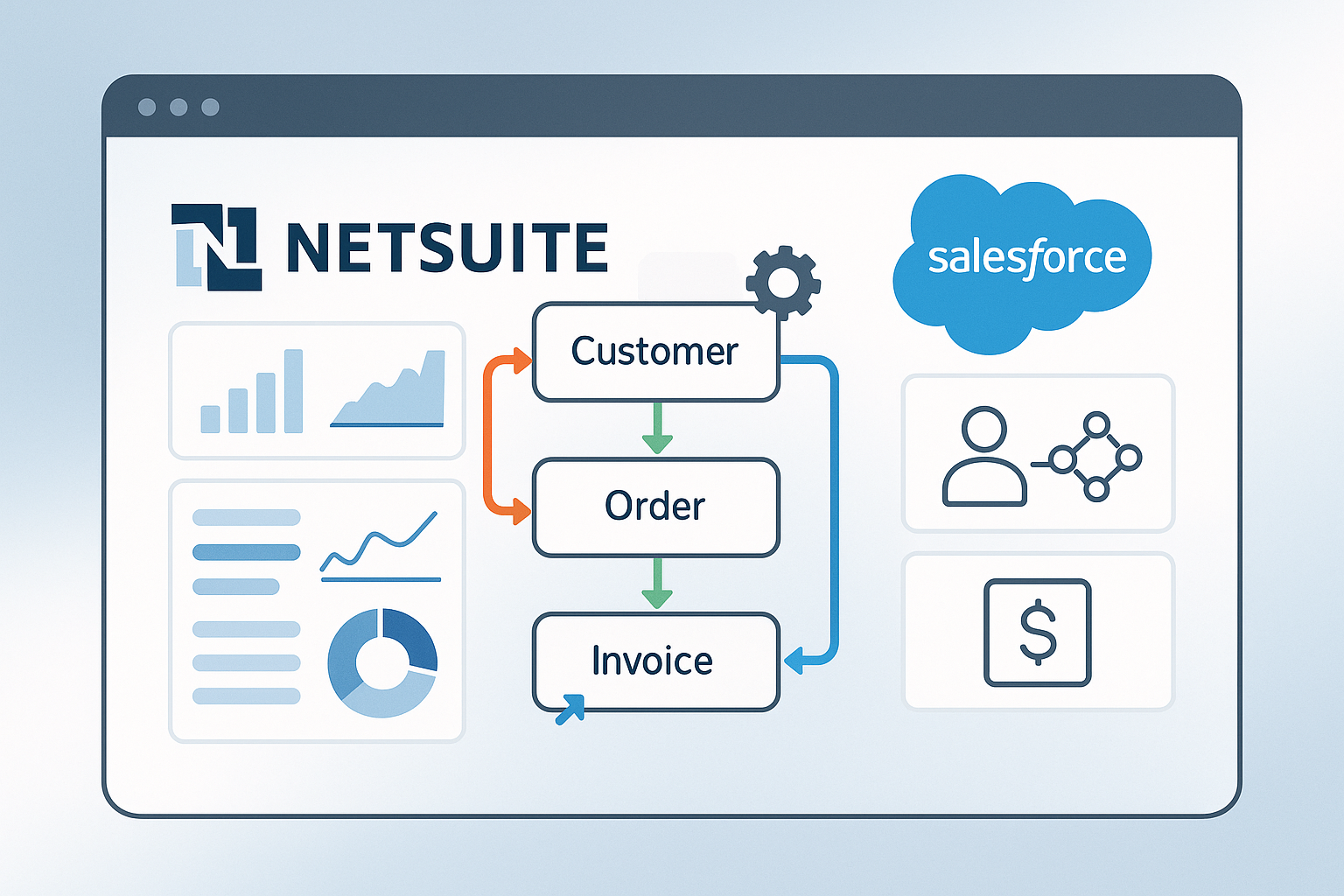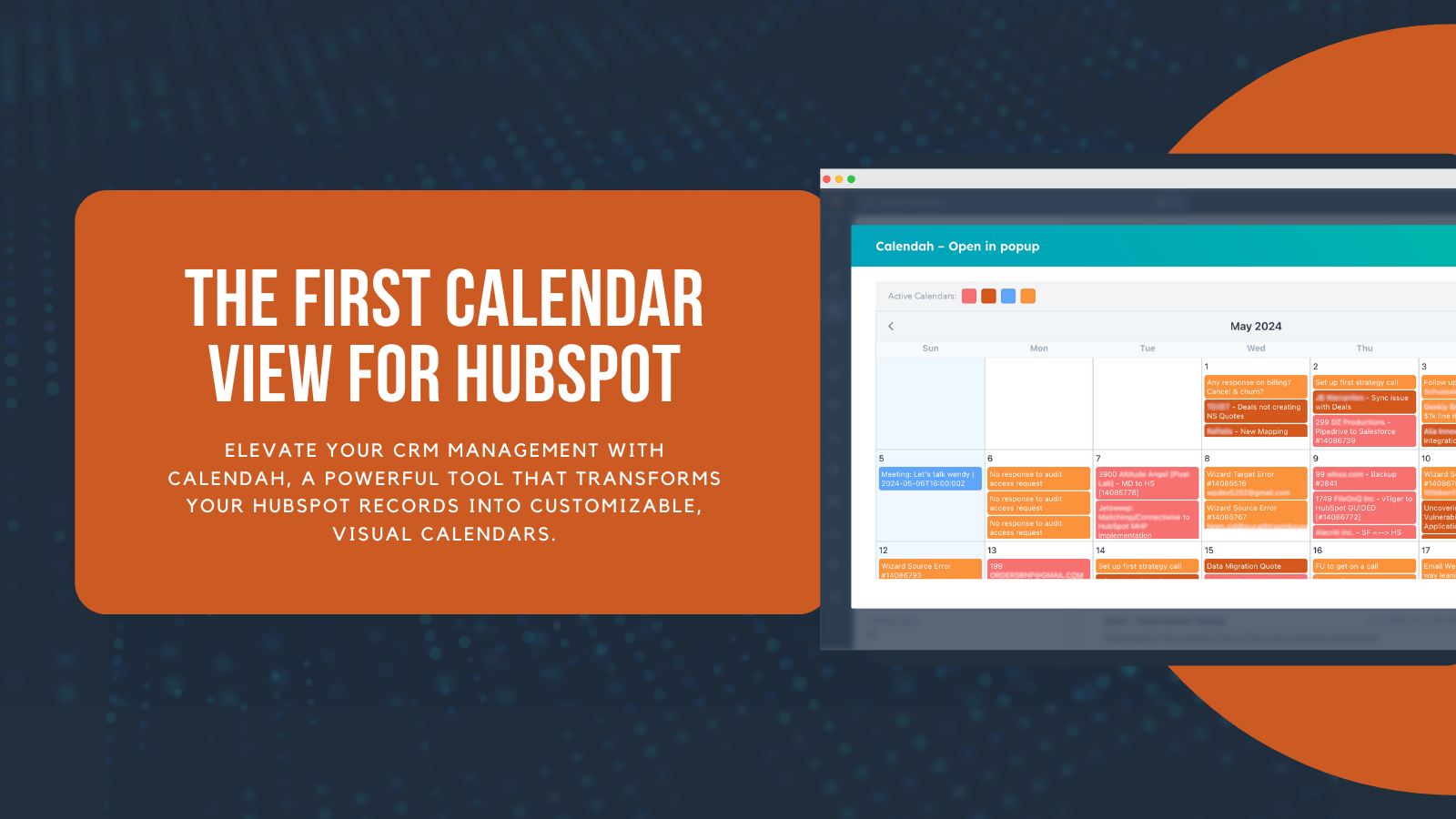Table of Content
- Why CRM Data Quality Matters for Business Success
- Common Causes of Poor Database Quality
- How to Maintain CRM Database for Long-Term Integrity
- CRM Database Quality Solutions You Should Implement
- Invest in CRM Data Quality for Scalable Growth
- FAQs
Why CRM Data Quality Matters for Business Success

In the era of customer-centric growth, data is your most strategic asset, and your CRM is the central system. But simply having data isn’t enough. To fuel high-performing sales, marketing, and service teams, your CRM data needs to be accurate, complete, and consistently up to date. Poor data quality doesn’t just slow things down; it leads to fractured customer experiences, misaligned revenue teams, and lost opportunities.
Clean, reliable CRM data enables more than just operational efficiency— it powers personalization at scale, improves automation, and gives leaders confidence in their forecasting and decision-making.
How Bad CRM Data Impacts Sales and Marketing
Sales and marketing teams depend on timely, accurate CRM data to move fast, target the right audience, and close deals. But when your CRM is riddled with incomplete fields, outdated contact details, or duplicate records, it creates friction at every stage of the revenue funnel.
Campaigns underperform when lists are inaccurate. Lead scoring becomes meaningless when key data is missing. Sales reps waste hours chasing unqualified or mistargeted leads. Worst of all, customers receive inconsistent messaging — eroding trust and reducing the likelihood of conversion.
Without clean CRM data, even the most advanced automation, personalization, or AI-powered tools can’t deliver on their promise. Instead of driving growth, your CRM becomes a bottleneck.
The Cost of Poor CRM Data Integrity
Bad data isn't just a technical issue — it’s a revenue problem. Organizations lose thousands of hours annually to manual data correction and millions in missed revenue from poor targeting, slow follow-ups, and inaccurate reporting.
The impact shows up in key areas:
- Operational drag: Teams waste time fixing errors that should’ve been prevented.
- Lost deals: Opportunities slip through the cracks due to incorrect lead data or delayed follow-ups.
- Poor forecasting: Leadership makes decisions based on incomplete or misleading pipeline data.
- Compliance risk: Inaccurate customer data increases exposure to GDPR and other data privacy violations.
Fixing these issues starts with treating data quality as a business priority. And that’s where a solution like SyncMatters can help enforce structure, consistency, and automated data integrity across your entire CRM ecosystem.
Common Causes of Poor Database Quality
CRM data doesn’t degrade all at once—it breaks down over time due to inconsistent inputs, disconnected systems, and lack of ownership. Here are the most common reasons we see CRM data quality suffer and why they matter.
1. Manual Data Entry Errors
When users enter data manually, mistakes are inevitable. Typos, missing fields, or mismatched formatting can create gaps that disrupt everything from email campaigns to sales outreach. Even a single incorrect email address can trigger bounced messages and impact deliverability. As teams scale and lead volumes increase, the cost of these data entry errors compounds quickly, especially if there’s no system in place to catch them.
2. Lack of Standardized Input Rules
Without enforced standards like required fields, picklists, or formatting rules, CRM users can input data however they choose. That means “New York” could also be “NY,” “N.Y.,” or “NYC.” Over time, these inconsistencies make reporting unreliable, segmentation ineffective, and integrations harder to manage. Uniformity is critical for automation, analytics, and syncing across tools.
3. Siloed Systems and Integrations
When CRMs operate separately from your email platform, help desk, or billing system, your data becomes fragmented. Updates in one system don’t reflect in another, leading to outdated or conflicting records. For example, a customer marked as “churned” in your billing system might still be in your marketing newsletter.
4. Outdated or Inactive Records
Data has a shelf life. Contacts change jobs, phone numbers become invalid, and companies evolve. Without proactive data enrichment or cleansing, your CRM fills up with outdated records that waste time and skew performance metrics. Sales reps end up chasing leads that no longer exist, and marketers send campaigns to inboxes that will never respond.
5. Duplicate Entries
Multiple touchpoints— website forms, trade shows, and manual uploads often lead to duplicate contacts or accounts. These duplicates cause major confusion: reps may follow up on the same lead multiple times, or assign the wrong person to the wrong pipeline. They also inflate your database size, drive up costs, and can cause integration errors with other platforms.
6. No Ongoing Data Governance
One-off cleanup projects aren't enough. CRM quality degrades over time without a strategy for ongoing data governance, including monitoring, validation, and ownership. Organizations need clearly defined roles, data policies, and automated rules to ensure the system remains clean and reliable. Data quality isn’t a destination — it’s a discipline.
How to Maintain CRM Database for Long-Term Integrity

CRM data integrity is something you build and protect over time —through smart processes, strong governance, and automated checks. Without ongoing attention, even the best CRMs can become a liability instead of an asset.
Here’s a detailed guide to help ensure your CRM data remains reliable and valuable over the long term:
1. Establish Clear Data Entry Standards
Standardization is the foundation of CRM data integrity. Without clear data entry rules, each user may input data differently, causing inconsistencies that make reporting and segmentation difficult. Create detailed guidelines on how to enter company names, phone numbers, email addresses, deal notes, and custom field values. Document these standards and embed them directly into the CRM with field validation rules and tooltips.
2. Implement Regular Data Audits
Even with strong data entry rules, data can degrade over time. Customers change roles, email addresses go out of service, and duplicates sneak in from form submissions or integrations. Regular audits — monthly, quarterly, or after large imports, help catch and correct these issues. Use CRM reports or third-party tools to identify anomalies such as:
- Contacts without email addresses.
- Companies missing industries or phone numbers.
- Leads created without follow-up activity.
- Duplicate entries with similar names or domains.
3. Use Automation Wisely
Automation can significantly improve CRM data quality by eliminating manual errors and maintaining data consistency at scale. For example:
- Auto-format phone numbers and addresses using workflows or scripts.
- Automatically assign leads to sales reps based on geography or deal size.
- Integrate enrichment tools like Clearbit or ZoomInfo to auto-fill company data and contact details.
- Use workflows to update lead statuses or deal stages based on activity.
However, poorly configured automation can also introduce errors, so test thoroughly before deployment.
4. Control User Permissions
Not everyone on your team needs full access to your CRM. Overly broad permissions increase the risk of accidental changes, deletions, or unauthorized data exports. Define user roles clearly, such as admin, manager, rep, or support, and grant access based on necessity. For instance:
- Sales reps may only need to view and edit their own records.
- Managers may require broader visibility but limited editing rights.
- Admins should handle system settings and bulk updates.
5. Archive or Delete Dormant Records
As your CRM grows, not all records remain relevant. Outdated leads, inactive customers, or closed deals from years ago can clutter the system and skew metrics. Create a policy to review and archive or delete:
- Contacts that haven’t engaged in over a year.
- Leads with no activity after X days.
- Closed-lost deals older than a specific timeframe.
Use automation where appropriate to tag and move dormant records into an archive or separate list. This keeps your working database lean and focused while still retaining historical data for compliance or analysis if needed.
6. Back Up Data Regularly
Regular backups are a safety net that ensures you can recover quickly without major disruption. Choose a backup frequency that matches your business needs (daily, weekly, etc.) and ensure the backups are:
- Securely stored (e.g., encrypted cloud storage).
- Easily accessible when needed.
- Automatically verified for completeness.
Some CRMs include built-in backup tools, but you may also consider third-party services for added redundancy and compliance with data protection standards like GDPR or HIPAA.
CRM Database Quality Solutions You Should Implement
Recognizing data issues is only half the battle. To actually solve them, businesses need proactive, scalable CRM data quality solutions designed to prevent bad data from entering the system and to clean up what’s already there. The most successful organizations don’t rely on manual processes or occasional cleanups. They build a continuous quality system through automation, integration, and training.
Automating Data Quality Analysis
Manual CRM data quality checks don’t scale — and they miss too much. Automated data quality analysis helps you monitor CRM health in real time by flagging incomplete, inconsistent, or duplicate records the moment they enter the system. These automated routines can also track field-level completeness, detect anomalies, and identify decaying data.
Using Tools and Platforms for Better Data Management
You don’t have to do it all with native CRM features. Dedicated CRM database quality solutions and platforms can elevate your entire data management approach. Smart tooling is essential for long-term success, from deduplication engines to enrichment providers and iPaaS solutions like SyncMatters that synchronize and validate across platforms.
Key tools to consider include:
- Data enrichment APIs to keep contact and company data current.
- CRM add-ons for intelligent deduplication and merge management.
- Integration platforms to unify your data across tools and eliminate silos.
Training Your Team for Long-Term Success
Technology only goes so far without people understanding how and why to use it. Your CRM users need proper training — not just on how to input data, but on why it matters. Include data hygiene training in onboarding, run regular refreshers, and empower team leads to reinforce best practices.
When your team sees data quality as a shared responsibility, they’re more likely to follow the process, report errors, and contribute to a healthier CRM environment.
Data Integration Governance
As businesses adopt multiple systems, such as CRMs, marketing platforms, customer support tools, ERPs, and more, integrating these platforms becomes essential to create a unified view of customer data. However, without strong data integration governance, these connections can quickly become sources of data quality issues such as duplication, inconsistency, or data loss.
Data integration governance refers to the policies, processes, and technologies that control how data is shared, synced, and transformed between systems. Key components of effective data integration governance:
- Bi-directional vs. uni-directional sync rules: Decide where data should flow. In some cases, a one-way sync (e.g., from a form to the CRM system) is sufficient. In others, a bi-directional sync (e.g., between CRM system and support platform) is needed. These decisions must be governed carefully to avoid circular updates or unintended overwrites.
- Conflict resolution policies: Determine what happens when two systems have conflicting information. Should the CRM always be the source of truth? Or should the most recent update prevail?
- Error handling and logging: Implement logging and alert systems to capture failed syncs or integration errors. If an integration fails silently, it can lead to missing or inconsistent data without detection.
- Audit trails and change tracking: Track what data was synced, when, and by which system. This transparency allows teams to investigate anomalies and continuously improve integration accuracy.
- Use of iPaaS tools: Modern iPaaS (Integration Platform as a Service) solutions, like SyncMatters, help orchestrate and govern data flows with prebuilt connectors, transformation logic, and monitoring dashboards. These tools reduce manual errors and enforce consistency across all integrated platforms.
Invest in CRM Data Quality for Scalable Growth

High-quality CRM data isn't optional in pursuing sustainable and scalable growth — it's a strategic asset. As your business expands, so does your reliance on accurate customer insights, personalized outreach, automated workflows, and cross-functional collaboration. None of that works without clean, consistent, and well-governed data.
Investing in CRM data quality ensures that your growth is not only fast, but also smart and sustainable. It allows your teams to move confidently, make data-driven decisions, and deliver exceptional experiences at scale.
Platforms like SyncMatters make this investment even more impactful by simplifying the way your systems connect and share clean data. With advanced integration capabilities, robust governance features, and built-in data validation tools, SyncMatters helps you maintain CRM data integrity across all connected platforms so you can grow without the growing pains.
In short: better data equals better decisions. And better decisions drive better growth. Don’t let poor data quality hold you back — build a CRM foundation that’s ready to scale with SyncMatters at the core.
FAQs
What is CRM data quality?
CRM database quality refers to the accuracy, completeness, consistency, and reliability of the data stored within your Customer Relationship Management (CRM) system. High-quality CRM data ensures that customer records are correct, up-to-date, and standardized. Poor data quality can lead to missed opportunities, operational inefficiencies, and poor customer experiences.
What are the indicators of CRM data quality?
Key indicators of CRM data quality assessment include:
- Accuracy – The data reflects real-world facts (e.g., correct email addresses or job titles).
- Completeness – Records are filled with all necessary data fields (no major gaps).
- Consistency – Data is uniform across entries and systems (e.g., same format for phone numbers).
- Timeliness – Data is regularly updated and reflects the most recent information.
- Uniqueness – There are minimal or no duplicate records.
- Relevance – The data is applicable and valuable for current business processes.
How can I improve the quality of my CRM data?
To improve CRM data quality, you should:
- Implement data validation rules to standardize input.
- Use automated deduplication tools to remove redundant records.
- Schedule regular data audits and CRM data quality analysis to identify and fix issues.
- Enrich data using trusted third-party sources to fill gaps.
- Train users on proper data entry practices.
- Leverage integration platforms like SyncMatters to unify data across tools and ensure consistency.
How to keep data clean in CRM system?
To keep data clean in your CRM, you need to regularly validate, update, and standardize your records. This involves setting clear data entry rules, using automation to catch errors, limiting user access to sensitive fields, and performing routine audits to remove duplicates or outdated information.
How can CRM data integration improve the quality of customer data?
CRM data integration enhances data quality by connecting your CRM with other key business systems, such as marketing platforms, help desks, and ERPs, ensuring that all systems operate from a unified, accurate source of truth.





